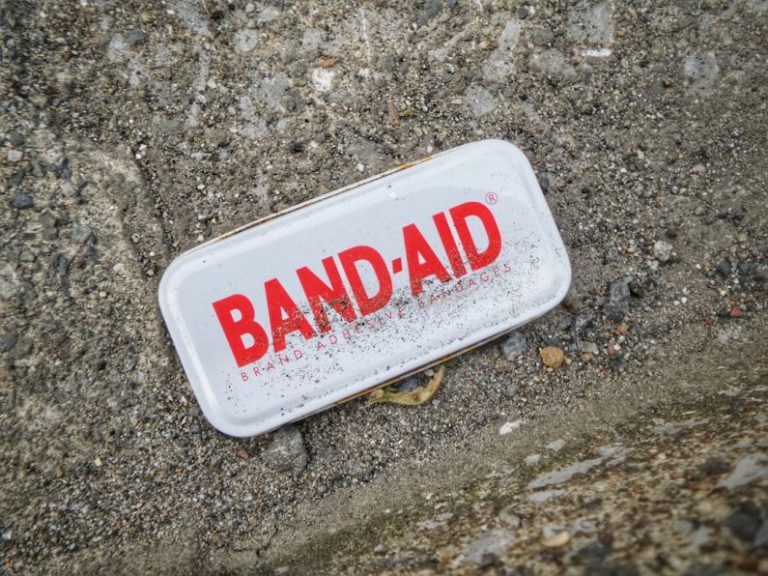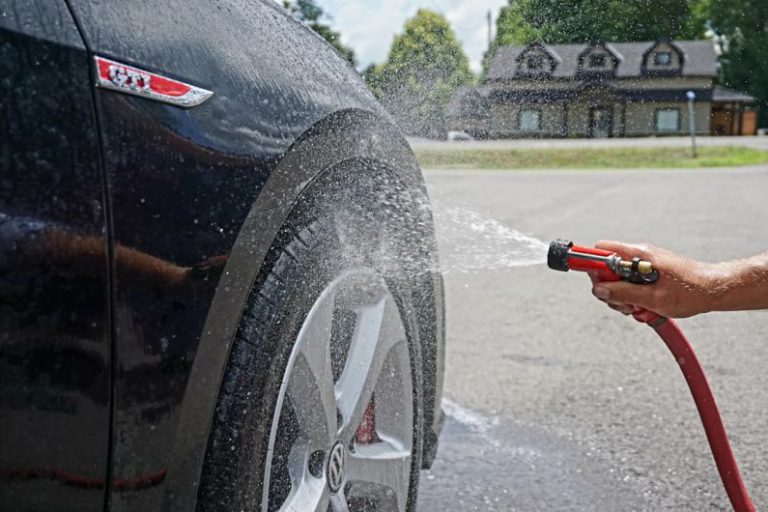Diy Tire Retreading: Is it Worth the Risk?
**DIY Tire Retreading: Is it Worth the Risk?**
When it comes to maintaining our vehicles, the cost of new tires can quickly add up. This has led some individuals to explore alternative options, with one of the most debated being DIY tire retreading. The idea of extending the life of tires by applying new treads at home may seem appealing, but is it truly worth the risk? Let’s delve into the world of DIY tire retreading to uncover the pros and cons of this practice.
**The Appeal of DIY Tire Retreading**
DIY tire retreading is alluring primarily because it offers a potential cost-saving solution for those looking to extend the lifespan of their tires. By retreading old tires instead of purchasing new ones, individuals can significantly reduce their expenses, making it an attractive option for budget-conscious consumers. Additionally, the process of retreading tires can be seen as a form of recycling, promoting sustainability by reusing materials that would otherwise go to waste.
**The Risks of DIY Tire Retreading**
While the idea of DIY tire retreading may sound promising, it is crucial to consider the potential risks involved in attempting this process. One of the primary concerns is safety. Tires are a critical component of a vehicle’s performance, and any compromise to their integrity can lead to dangerous situations on the road. Improperly retreaded tires may be more prone to blowouts or tread separation, putting both the driver and other road users at risk.
Another significant risk associated with DIY tire retreading is the lack of expertise and specialized equipment. Professional tire retreaders undergo extensive training to ensure that the process is carried out effectively and safely. Without the necessary knowledge and tools, attempting to retread tires at home can result in subpar outcomes that compromise the overall performance and durability of the tires.
**Legal Implications and Warranty Concerns**
In addition to safety and performance issues, DIY tire retreading can also have legal implications. In many jurisdictions, there are regulations governing the retreading of tires, especially for commercial vehicles. Using improperly retreaded tires on the road may not only result in fines but could also invalidate insurance coverage in the event of an accident.
Moreover, most tire manufacturers offer warranties on their products, which may be voided if the tires are retreaded outside of authorized facilities. This means that by opting for DIY tire retreading, individuals may be forfeiting any recourse for potential defects or issues with the tires down the line.
**Professional Alternatives to DIY Tire Retreading**
For those looking to extend the life of their tires without taking on the risks of DIY retreading, professional tire retreading services offer a safer and more reliable option. These facilities are equipped with the necessary expertise, equipment, and quality control measures to ensure that the retreading process is done correctly.
By choosing a reputable tire retreading service, individuals can have peace of mind knowing that their tires are being handled by trained professionals who adhere to industry standards. While this option may come at a higher cost than DIY retreading, the added safety and quality assurances make it a worthwhile investment in the long run.
**In Conclusion: Making an Informed Decision**
When it comes to DIY tire retreading, the question of whether it is worth the risk ultimately depends on individual circumstances. While the potential cost savings may be appealing, it is essential to weigh this against the safety, legal, and warranty concerns associated with the practice.
For those willing to take on the challenge of DIY tire retreading, thorough research, proper equipment, and a commitment to safety are paramount. However, for the majority of consumers, opting for professional tire retreading services offers a more reliable and secure solution to extending the life of their tires. By making an informed decision based on an understanding of the risks and benefits involved, individuals can ensure that their choice aligns with their priorities for safety and quality on the road.






